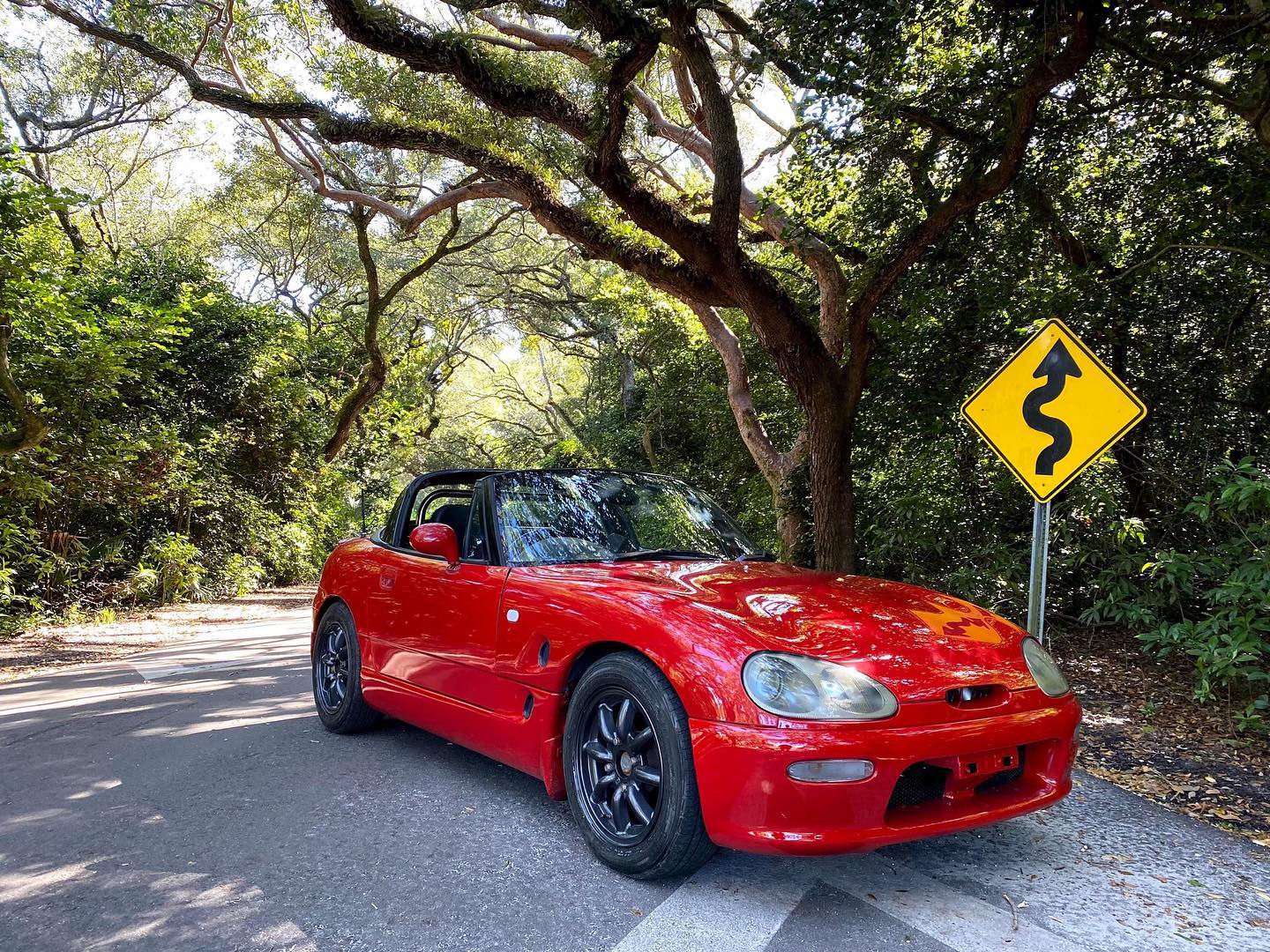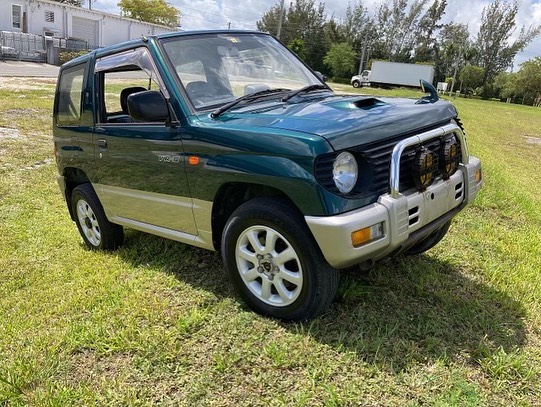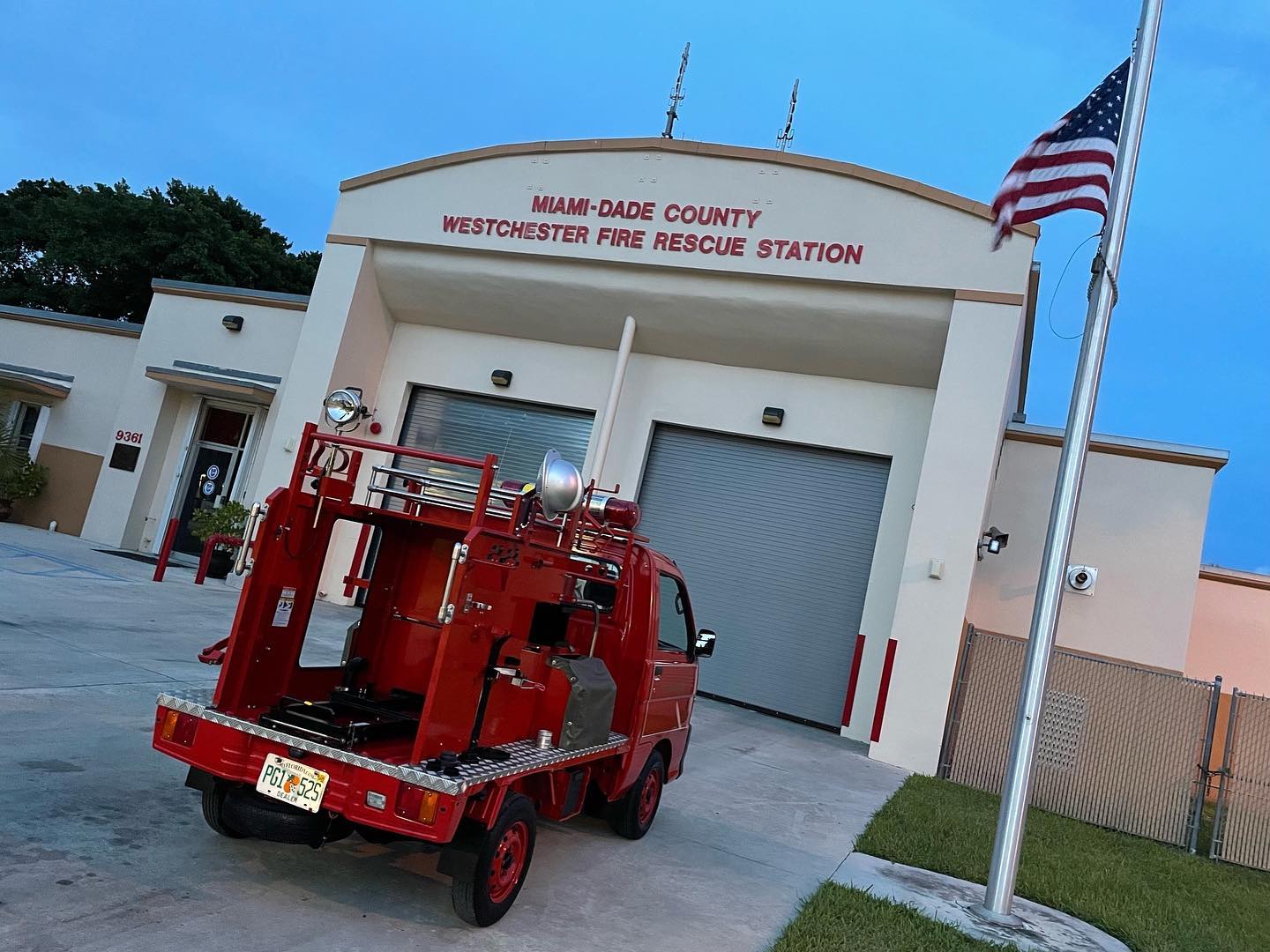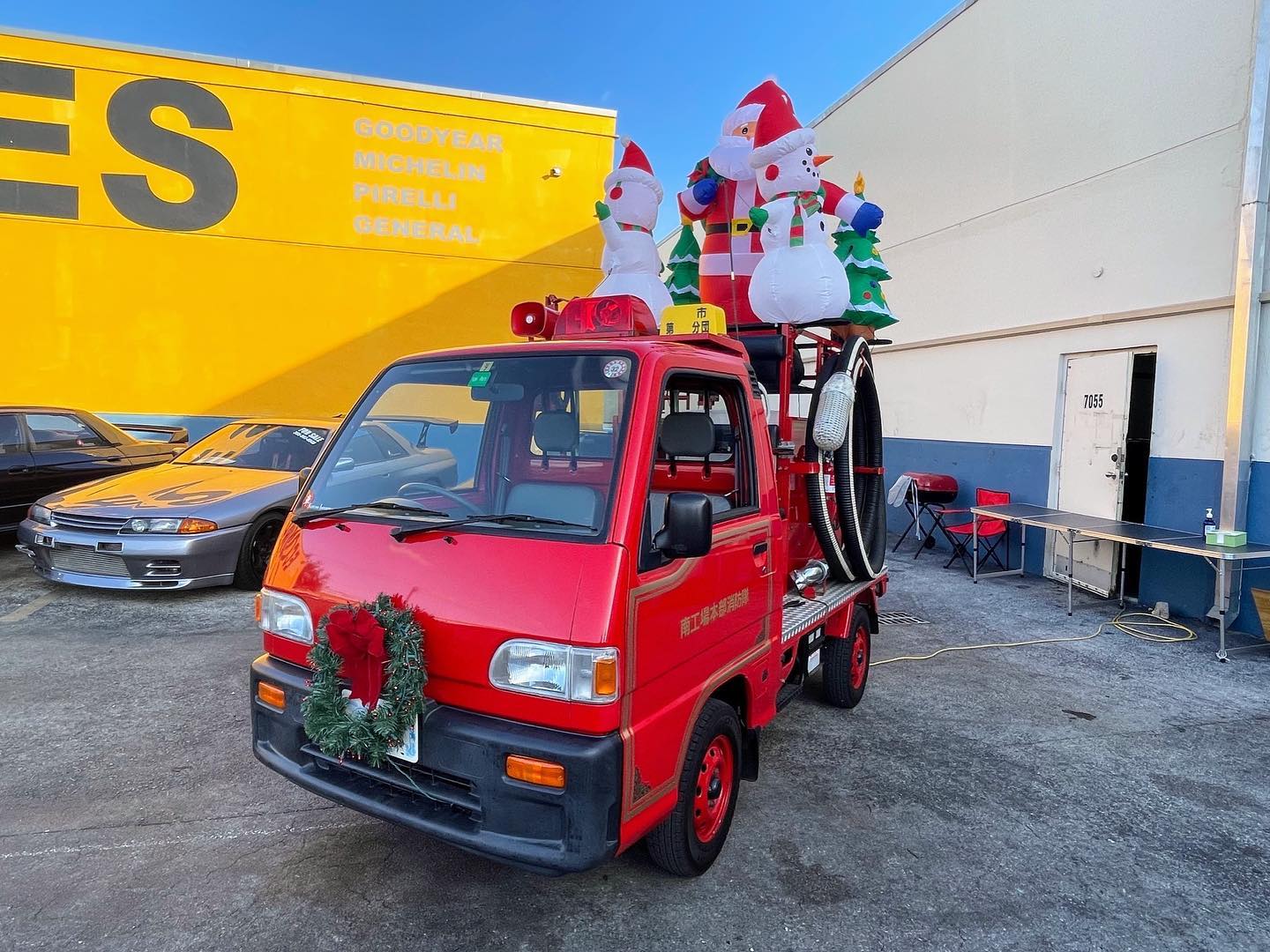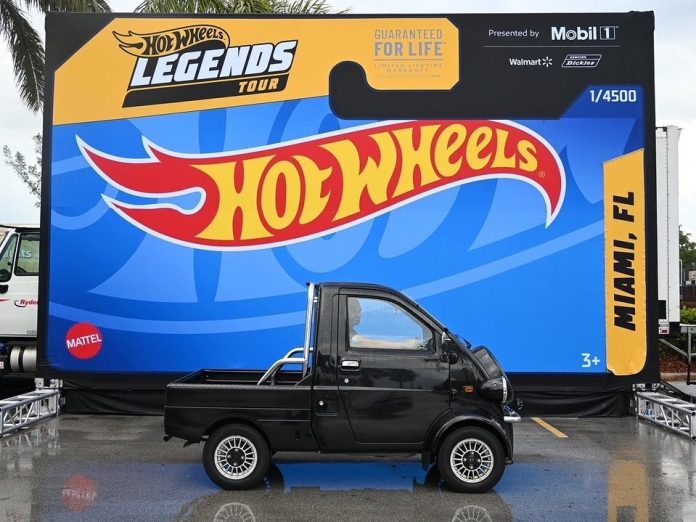
A July 1949 decree by Japan’s Ministry of Transportation created a special category of “light automobile”, different from typical small cars. The law outlined specifications for two-wheel, three-wheel and four-wheel light vehicles. Today these cars follow a schematic specification of being no wider than 1.48 meters, no longer than 3.4 meters and requiring no more than a 660 cc powered engine.
Since the time of their initial iterations, the “kei” vehicle market has evolved to include cars, vans and trucks from a variety of different makers and for various uses.
Chiefly, these vehicles fall into two different categories: commercial vehicles and those made with passengers in mind. While they have for been popular for a number of years in Japan, due to factors such as their convenience in congested spaces and in maneuvering Japan’s often rugged narrow mountain roads with ease, one feature, namely the low price of kei cars and trucks, is perhaps their highest selling point!
The reason for these low prices is that they have smaller engines and compact designs which make the production cost lower. Furthermore, Kei vehicles have tax benefits and lower insurance rates, making them an attractive option for budget-conscious consumers.
Young people worldwide are also becoming familiar with Japanese light vehicles through the globalization of anime and manga, where they form a regular part of the scenery.
Japan article brought to you by Consulate General Japan in Miami.
Don’t pass up the chance to check out this unique Japanese contribution to the world of automotives!


